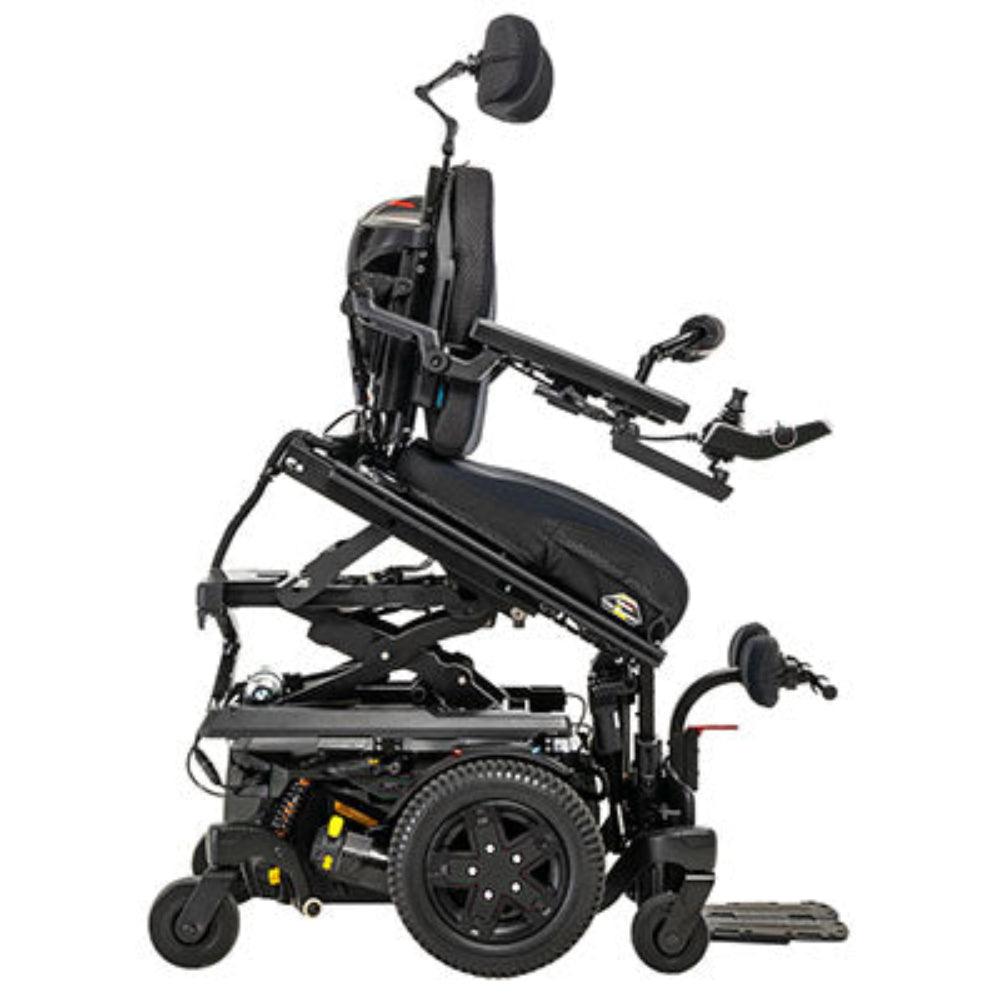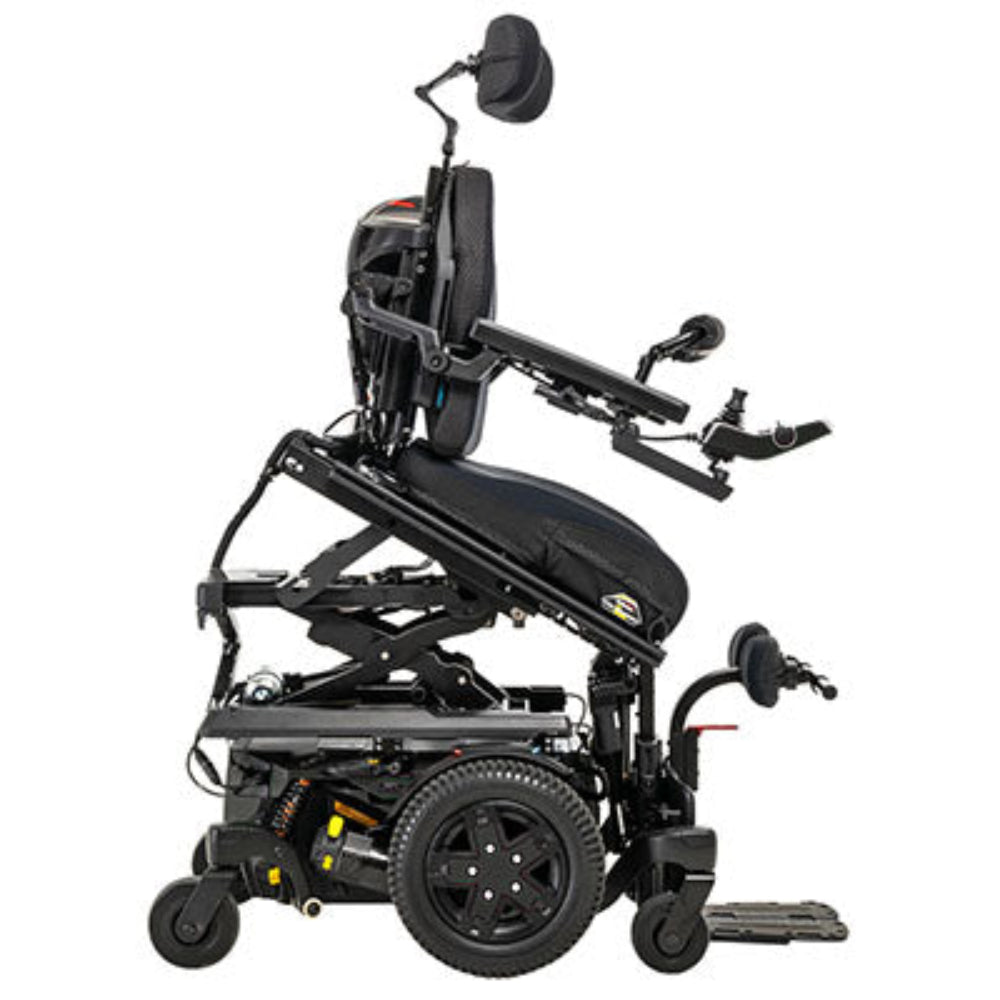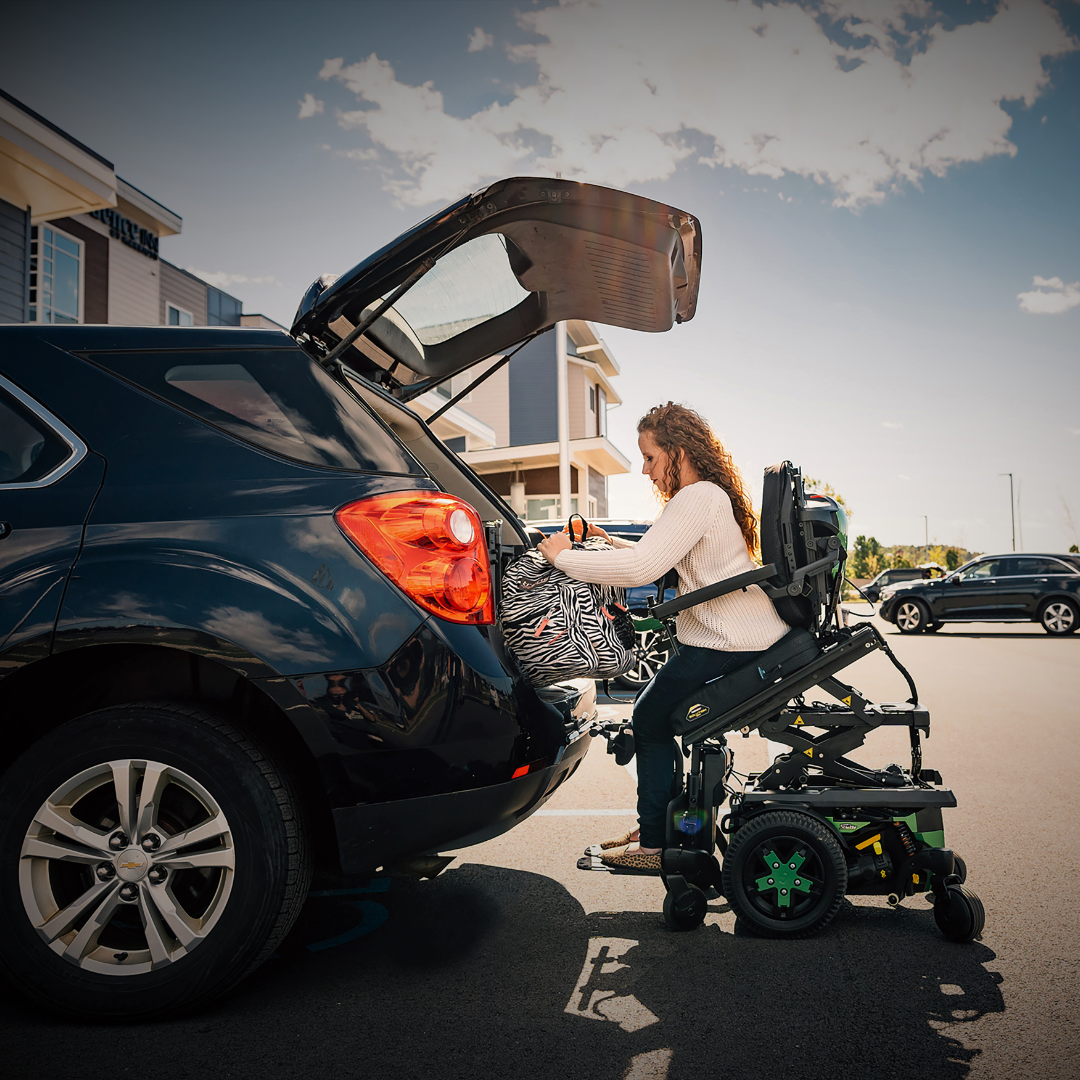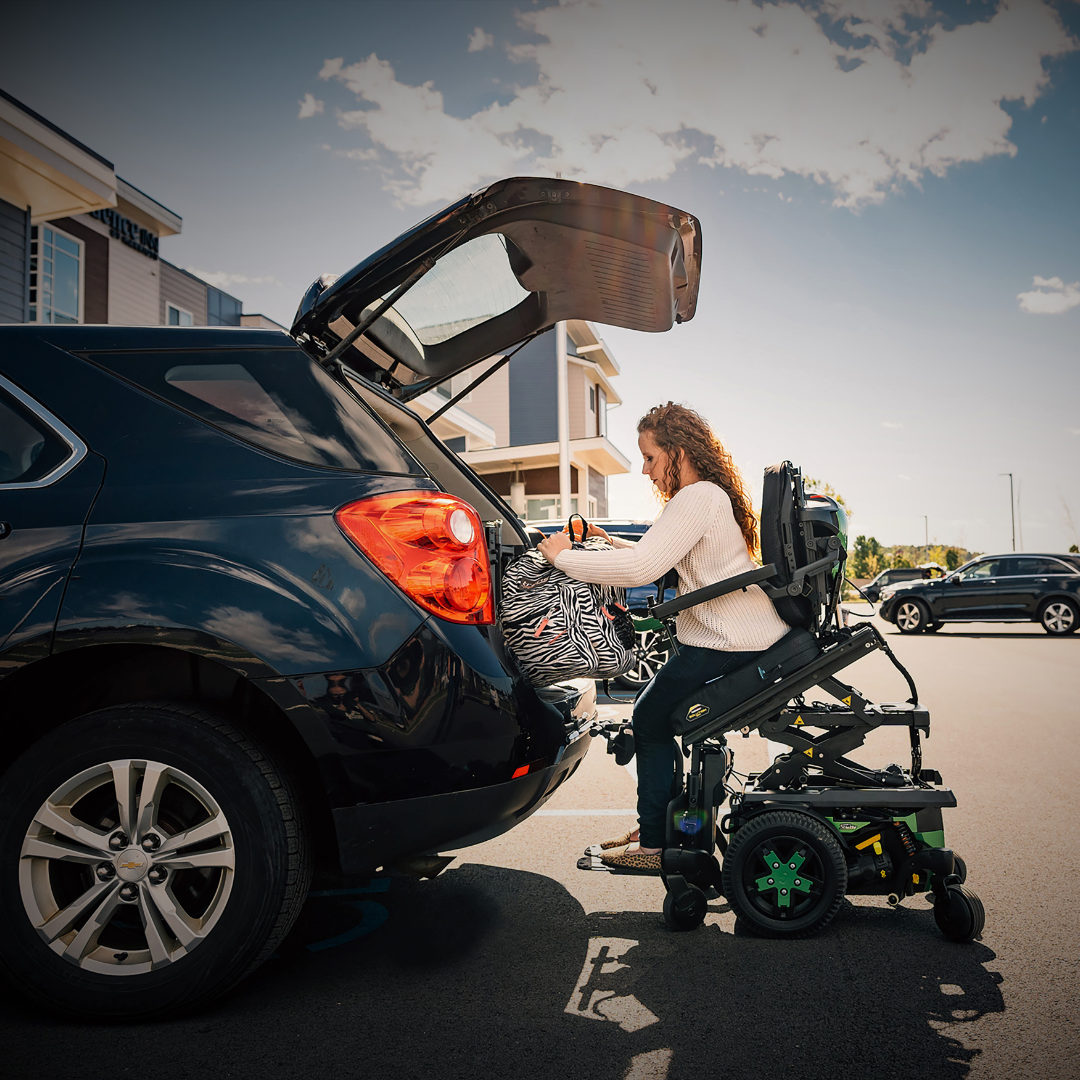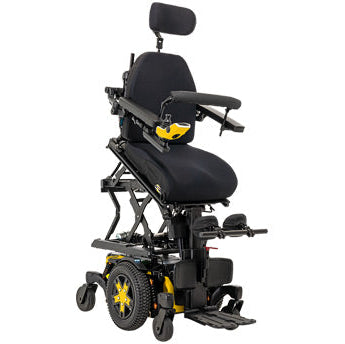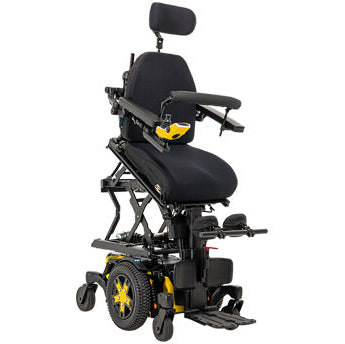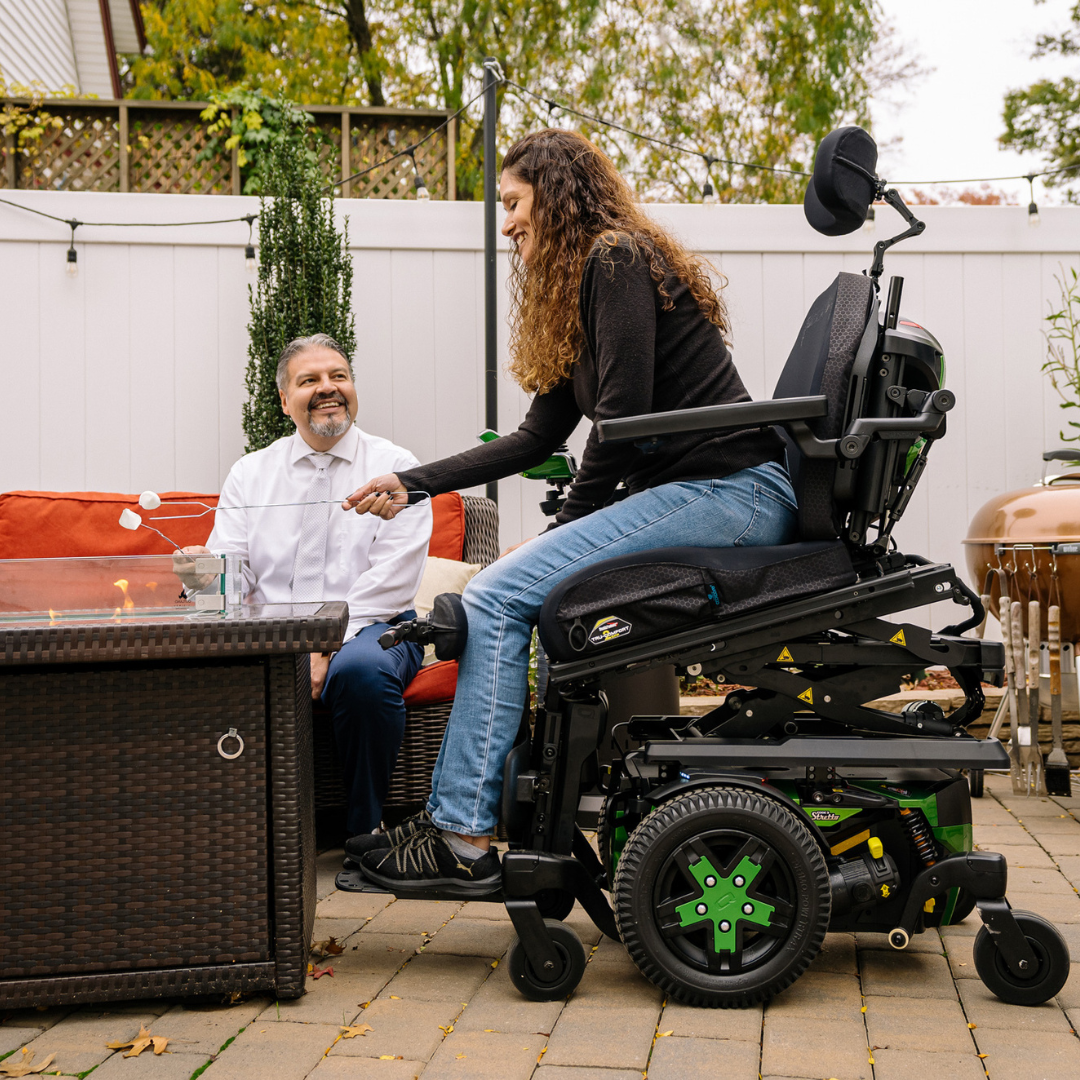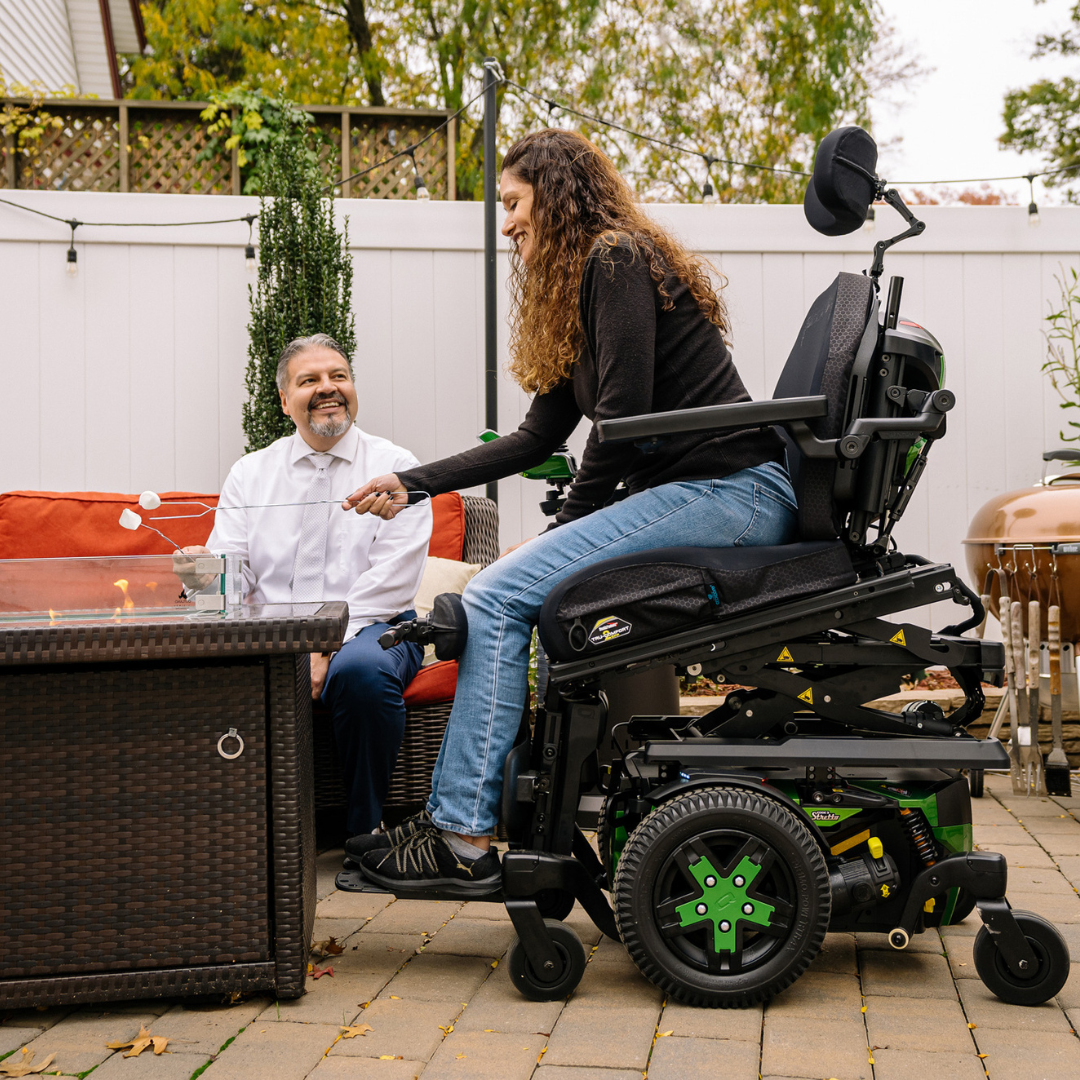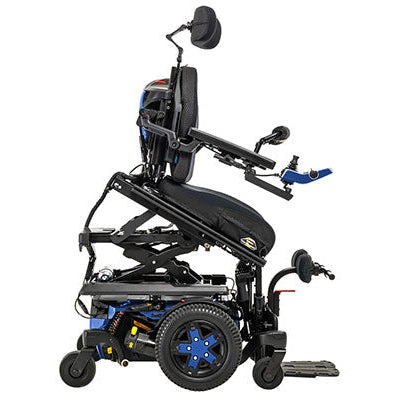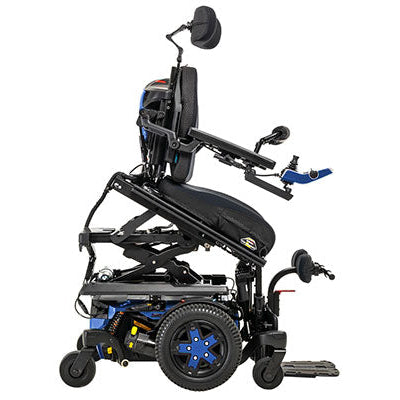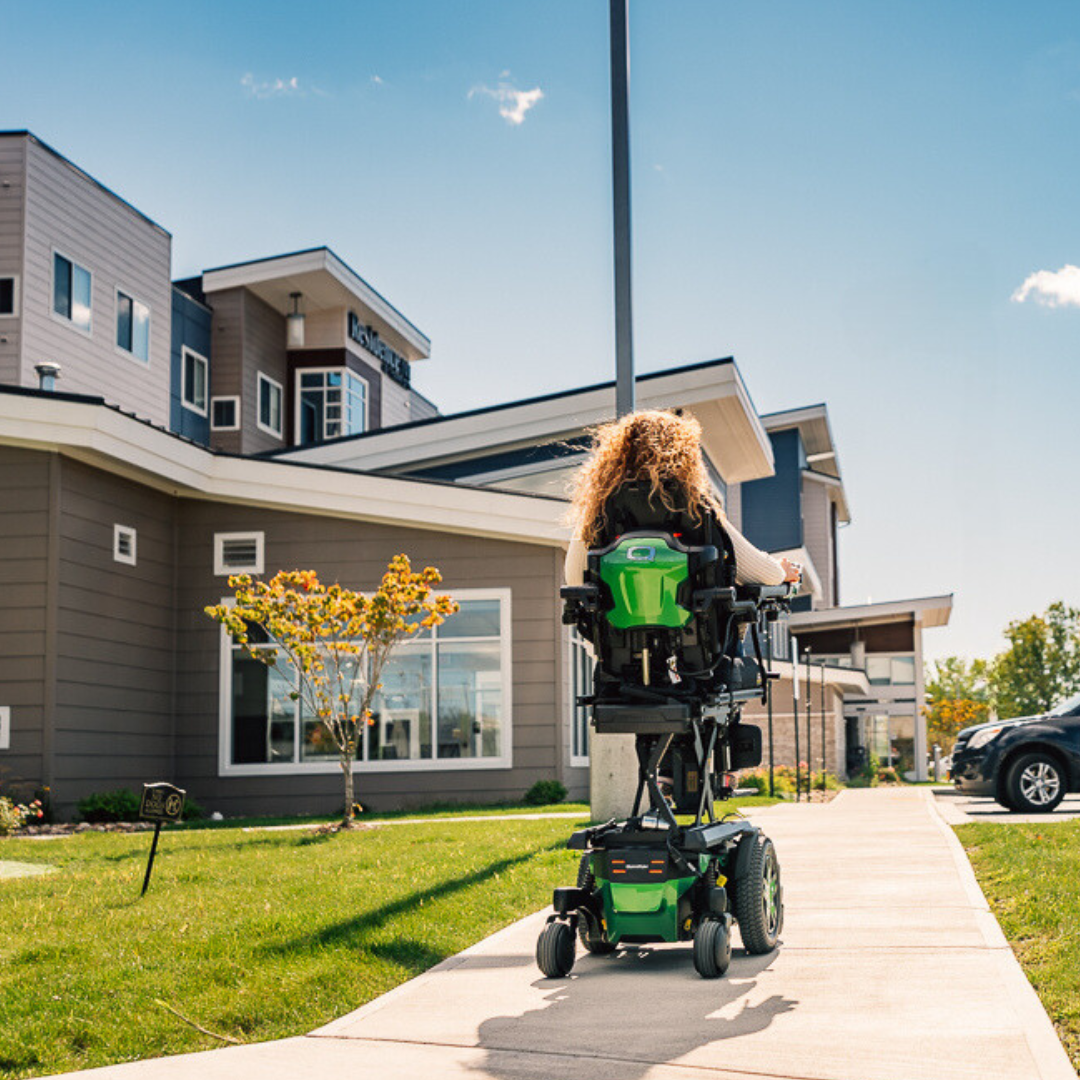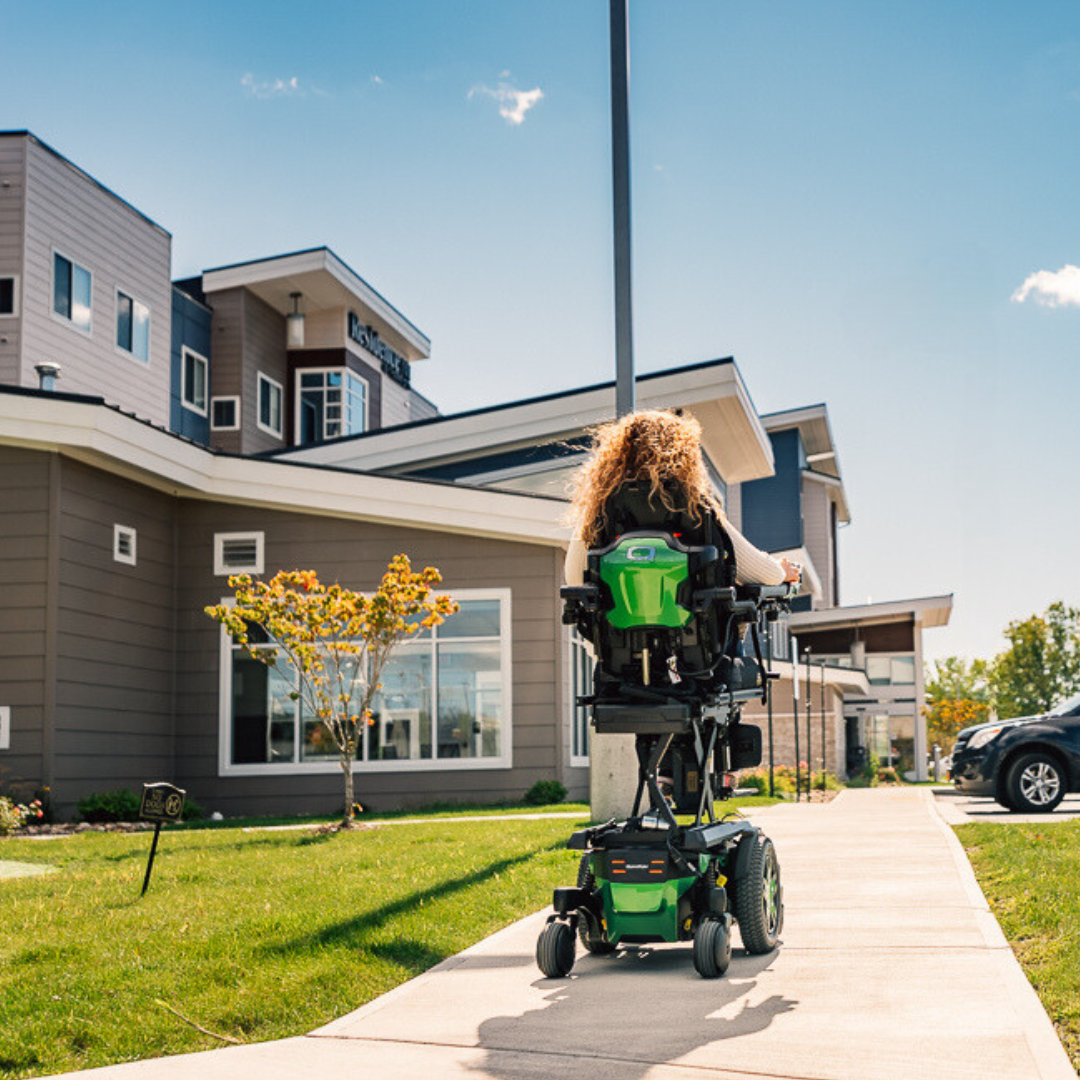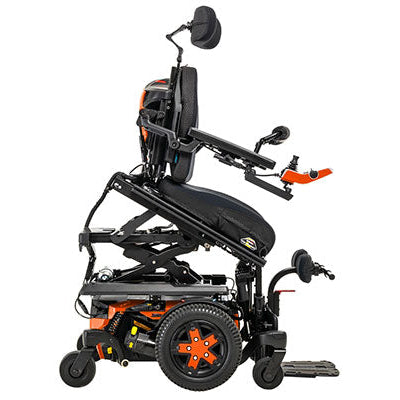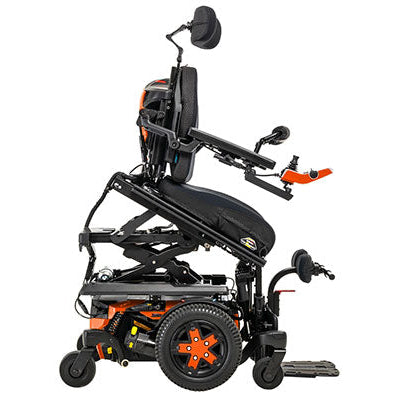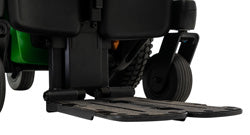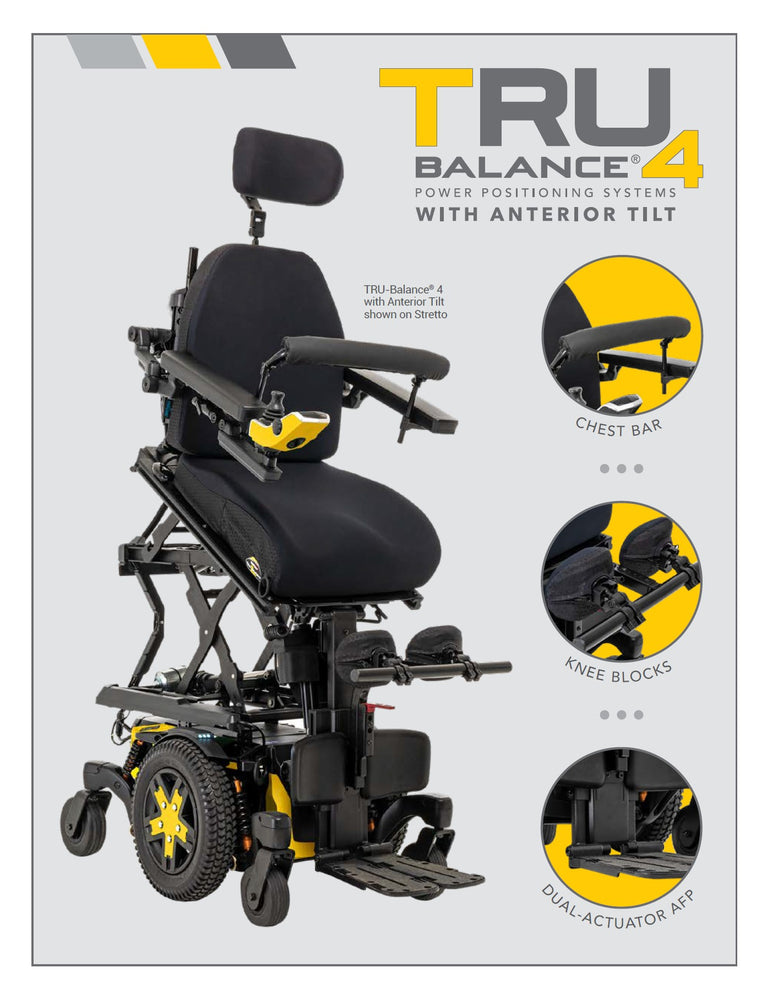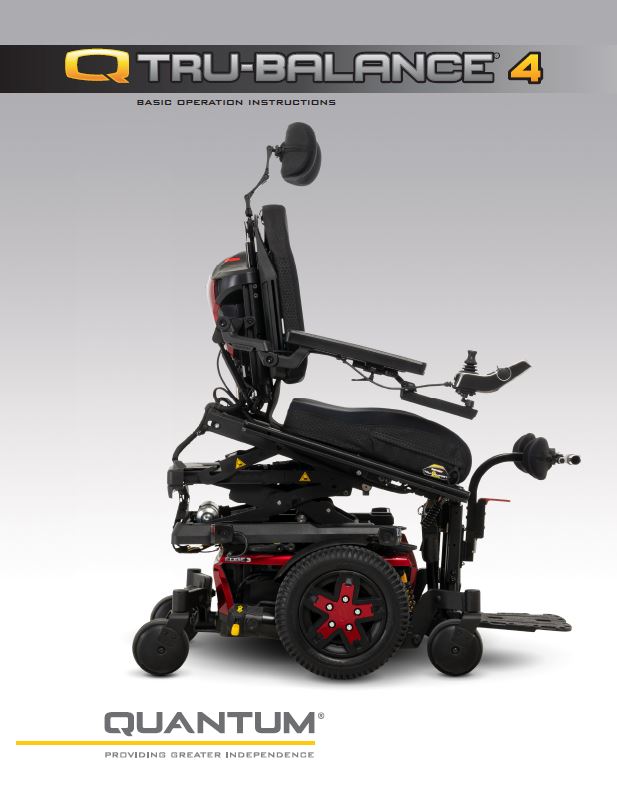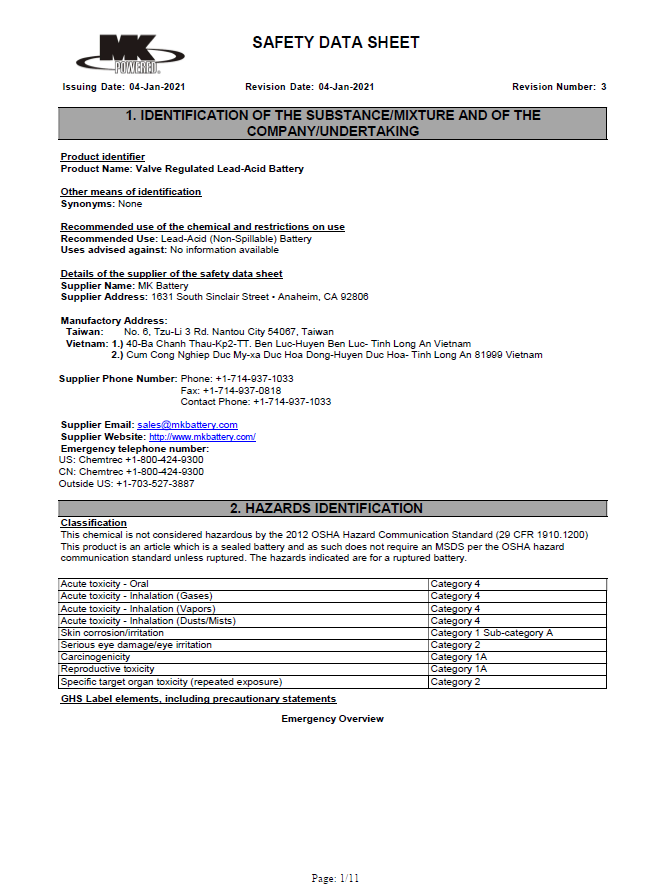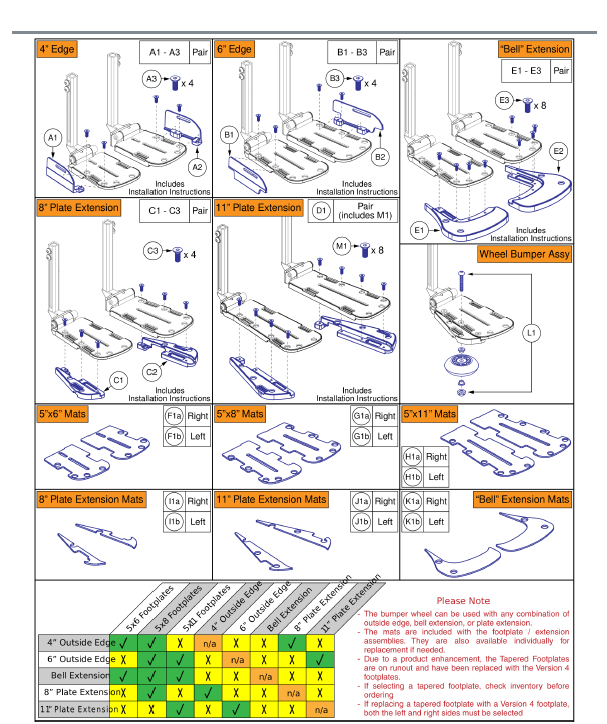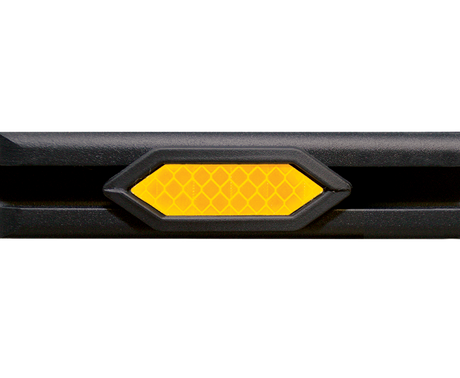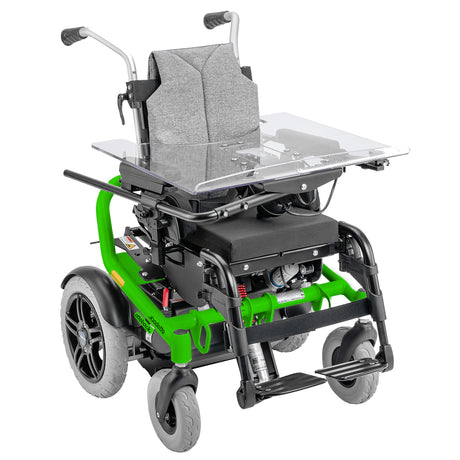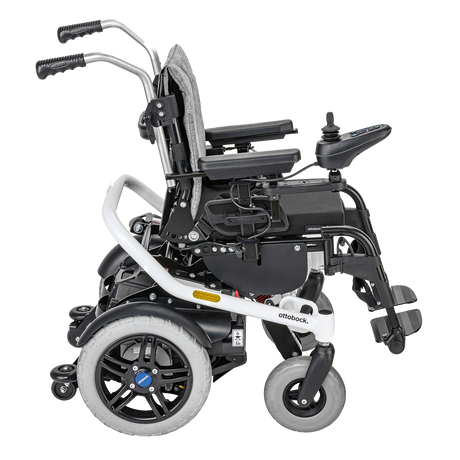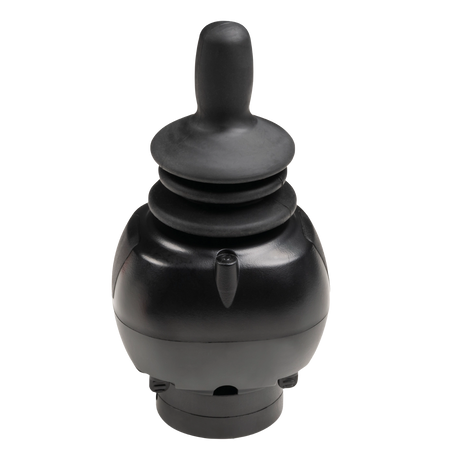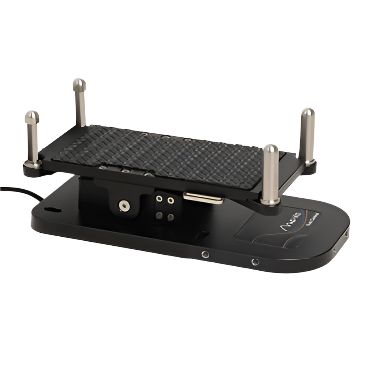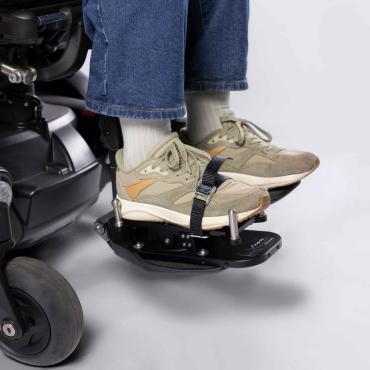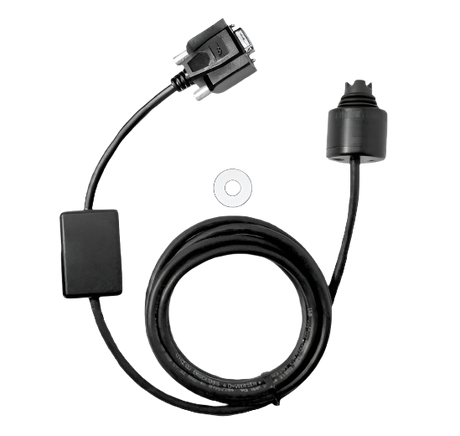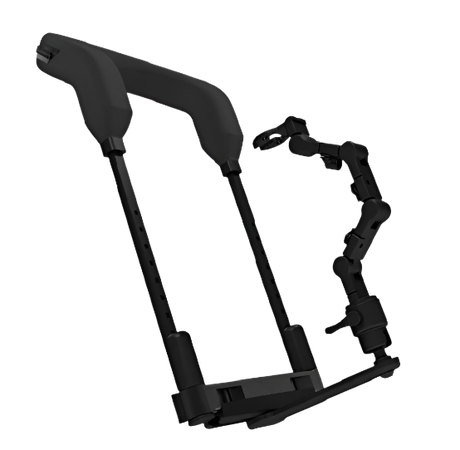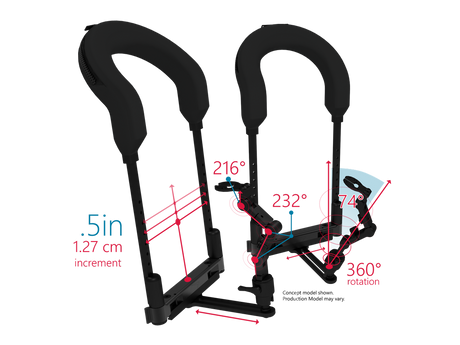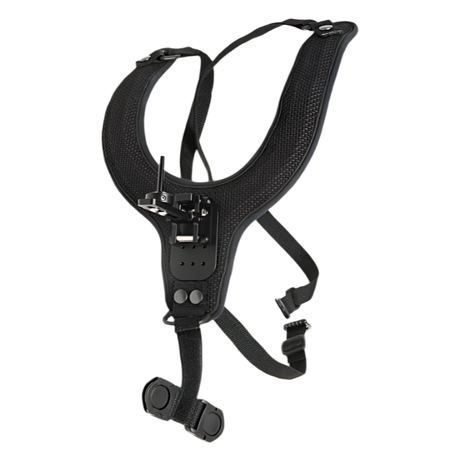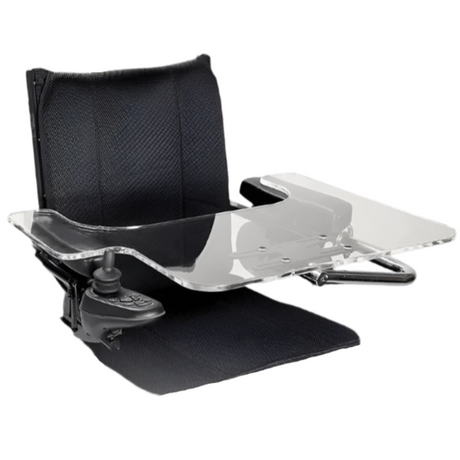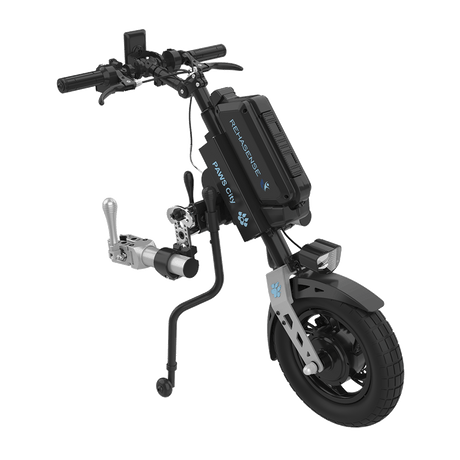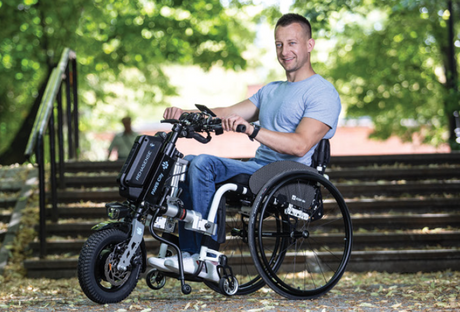Quantum TRU-Balance 4
The TRU-Balance 4 Power Positioning System is a fully configured seating system with all power functions including a choice of 10, 20, or 30 degrees of power anterior tilt. All chairs equipped with TRU-Balance 4 will have posterior tilt, anterior tilt, power adjustable seat height, power centre mount elevation, and a power centre mount articulating foot platform that lowers to assist with transfers. Powerchairs with TRU-Balance 4 can also have up to eight customisable memory seating positions.
Easy Returns Policy
Easy Returns Policy
Worried an item might not be right? Return your purchase in as new condition within 14 days and we will happily exchange the item or provide a refund for the cost of the item including the original shipping fee. Click here to view all returns information.
Online Delivery Rates
Online Delivery Rates
NZ Retail Purchases
$9 NZD flat fee
Free for orders over $500 NZD
AU Retail Purchases
$30 NZD flat fee
Wholesale Purchases
Shipping will be calculated after your purchase and added to your invoice.
Online Delivery Times
Online Delivery Times
Deliveries placed during the week before 2pm*
New Zealand
Auckland: Usually the next day!
Rest of North Island: 2 days
South Island: Approx 3 - 4 days
Rural deliveries can take 1-2 days in addition to the above
Australia
Approx 10 - 15 days
*Approximate timeframes given. Please note that for out-of-stock items and orders placed after 2pm or over the weekend, the shipping timeframes above will apply from the day of dispatch from our warehouse.
Click here to view all delivery and shipping information.
Give Us Feedback
Give Us Feedback
We'd love to hear what you have to say. If you would like to send us some feedback about our website, available products, our team or anything else, please complete our Feedback Form.
If you have a spare minute, we'd also love you to leave us a Google Review.
Funding Information
Funding Information
Click below for information on funding for New Zealanders.
Am I Eligible for Funding?
Self Funding
Description
Description
The TRU Balance 4 Power Positioning System with Anterior Tilt, available on the Edge 3 Stretto, Edge 3, and 4Front 2 Powerchairs is a seating system designed to promote a change in position, enhance functional activities, facilitate physiological functioning and improve a consumer’s visual field. TRU-Balance 4 requires the selection of seat elevation, power anterior tilt, power posterior tilt, power recline, and a power articulating foot platform.
What is Anterior Tilt?
Anterior tilt is a power seating function that changes the angle of the power wheelchair seat, so the rear aspect of the seat is higher than the front. This facilitates an anterior pelvic position, placing the consumer in a partial weight-bearing stance. There are many benefits to anterior tilt in terms of functionality, as well as other benefits.
The Functional Benefits of Anterior Tilt
Power adjustable seat height combined with anterior tilt provides consumers with optimal access. With a forward tilt of a user’s seating system, ranging from 10, 20 and 30 degrees, consumers may find it easier to perform mobility related activities of daily living, such as:
- Accessing sinks
- Grooming
- Meal preparation
- Reaching items in cupboards
- Accessing cooktop surfaces
- Doing laundry
In addition, consumers may enjoy improved upper extremity function and increased access under and over tables and other surfaces. Anterior tilt may also help with the management of tone and reflexes.
The Psychological Benefits of Anterior Tilt
Anterior tilt may offer many psychological benefits, such as giving the consumer confidence. A neutral to anterior pelvic tilt position facilitates spinal alignment, which allows the head to sit naturally on the cervical spine. This minimizes the amount of energy a consumer expends trying to maintain a horizontal eye gaze, which may promote social interaction. Maintaining an upright posture when seated may promote a positive mood and help build resilience to stress, maintaining self-esteem. Switching between seated and standing positions may also increase the release of hormones like serotonin, which is a mood booster.
Compatible with Q-Logic 3 Electronics.
Please note, it is a requirement to use the knee blocks and a chest support when a person is using more than 10 degrees of anterior tilt.
Specifications
Specifications
| Frame Warranty | 3 Years |
| Motors Warranty | 2 Years |
| Battery & Electronics | 1 Year |


